Guide into Aluminum Extrusion Profiles and its Applications
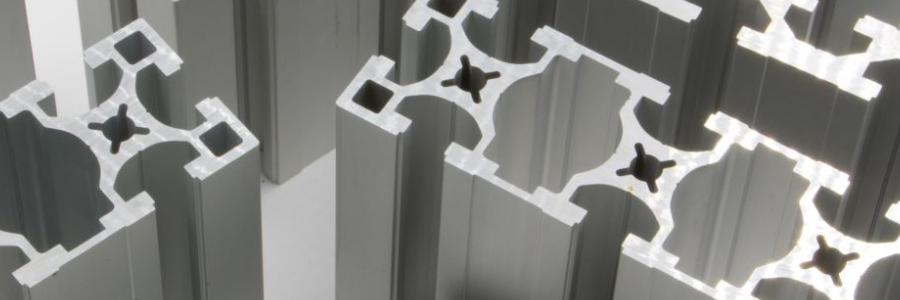
Among the many materials found in the market, aluminum stands tall for its unique combination of properties such as strength, flexibility, and lightweight.
At the forefront of harnessing aluminum's potential lies the process of aluminum extrusion.
In this comprehensive guide, we will explore the intricacies of aluminum extrusion, shedding light on its applications and how it takes center stage in the array of aluminum profiles available at our online shop.
Whether you are an industry professional, a DIY enthusiast, or someone exploring the possibilities of aluminum profiles, we encourage to keep reading and discover all the details.
Figure 1 Extruded aluminium profiles
Aluminum Extrusion
Why Aluminum?
There are many reasons to choose aluminum as the material for extruded profiles. Here we only share a few of them.
Aluminum stands as the material of choice for extruded profiles due to a unique combination of properties that make it exceptionally suited for a wide range of applications.
The lightweight nature of aluminum allows for ease of handling and transportation, making it an ideal choice for industries requiring materials with high strength-to-weight ratios.
Additionally, aluminum exhibits excellent corrosion resistance, ensuring durability and longevity in various environments.
Its malleability and ductility make it highly conducive to the extrusion process, allowing for the creation of intricate and precisely shaped profiles.
Furthermore, aluminum boasts superb thermal conductivity, making it suitable for applications in which heat dissipation is crucial.
The material's recyclability aligns with contemporary sustainability goals, appealing to environmentally conscious industries.
Whether in construction, automotive, or industrial machinery, the versatility, strength, and adaptability of aluminum make it the preferred material for extruded profiles, offering a perfect balance of performance, efficiency, and environmental responsibility.
Figure 2 Extruded aluminium profile with T-slot
The Extrusion Process
Aluminum extrusion is a manufacturing process that transforms aluminum alloys into long, uniform profiles with cross-sectional shapes that match specific design requirements.
The process involves pushing the aluminum through a custom-shaped die, resulting in profiles that range from simple and straight to intricate and complex.
Here are the key steps involved in aluminum profile extrusion:
1. Billet Preparation: The process begins with the preparation of aluminum billets, which are cylindrical logs of aluminum alloy. These billets are typically heated to a specific temperature to make them more malleable for extrusion.
2. Container Heating: The extrusion press container, also known as the "container" or "billet holder," is preheated. This preheating helps in reducing the force required for extrusion and ensures a smoother process.
3. Die Heating: The extrusion die, a specially designed tool that shapes the aluminum, is also heated. The die is often made of tool steel and must withstand high temperatures and pressures during the extrusion process.
4. Billet Loading: The heated aluminum billet is loaded into the container of the extrusion press. The press is designed to exert tremendous pressure on the billet to force it through the extrusion die.
5. Extrusion Process: The press applies pressure to the billet, forcing it through the shaped opening of the extrusion die. As the aluminum passes through the die, it takes on the desired profile, forming a continuous length of the extruded shape.
6. Cooling: The extruded aluminum profile is then rapidly cooled using air or water quenching methods. This step is crucial for setting the shape and ensuring the structural integrity of the extruded profile.
7. Stretching and Straightening: Some profiles may undergo a stretching process to align the aluminum molecules and reduce any internal stresses. Straightening is also performed to ensure the extruded profiles meet the specified tolerances.
8. Cutting to Length: The continuous length of extruded aluminum is cut into individual profiles of the desired lengths. Precision cutting ensures uniformity and facilitates further processing.
9. Surface Treatment and Finishing (Optional): Depending on the application and design specifications, extruded profiles may undergo surface treatments such as anodizing, painting, or powder coating to enhance their appearance, corrosion resistance, and durability.
10. Quality Control: The final step involves rigorous quality control measures. This may include inspections for dimensional accuracy, surface finish, and overall compliance with specifications to ensure the extruded profiles meet the required standards.
The precise control over the extrusion process makes aluminum extrusion a preferred choice in industries that demand high-quality and precisely shaped components.
Diversity of Profiles
The versatility of aluminum extrusion knows no bounds. At Tuli Shop, we celebrate this versatility by offering a diverse range of profiles. Whether you need aesthetics or a robust structural component, our selection caters to a myriad of applications.
Some of the aluminum profiles we offer include:
1. T-Slotted Profiles: Perfect for creating modular structures, frames, and workstations. Provide flexibility for attaching accessories such as brackets, fasteners, and panels.
A good example of this profile is our popular 30x30 U8 aluminum profile.
Figure 3 Aluminium profile 30x30
2. Closed and Rounded Profiles: Specially designed to be used for the outside of applications requiring a better aesthetic appearance. These profiles are available in sizes 30x30, 40x40, and 45x45.
Figure 4 Rounded aluminium profile
Figure 5 Aluminium profile closed from one side
Figure 6 Aluminium profile closed from two sides
3. Round Profiles: This offers a sleek and lightweight option for various applications. Suitable for projects where aesthetics and minimal weight are crucial. An example of this profile is our popular aluminum profile Φ28.
Applications of Aluminum Extrusion in Various Industries
1. Architecture and Construction :
Aluminum profiles find extensive use in the architectural and construction industries. From sleek window frames and curtain walls to robust structural components, the precision and strength of extruded aluminum contribute to modern and sustainable building designs.
2. Automotive Innovation
In the automotive sector, the lightweight yet durable nature of aluminum extrusions plays a pivotal role. From chassis components to intricate interior designs, the automotive industry benefits from the versatility and formability of aluminum profiles.
3. Industrial Machinery
Aluminum extrusion's ability to produce intricate and precisely shaped profiles makes it a preferred material for various industrial machinery components. Conveyor systems, frames, protection cells, working tables, and trolleys are just a few examples of where these profiles shine.
4. Electronics and Technology
The electronics and technology sectors leverage the lightweight and corrosion-resistant properties of aluminum profiles for manufacturing casings, heat sinks, and structural components in a wide range of devices.
5. Renewable Energy
As the world shifts towards renewable energy solutions, aluminum extrusion plays a vital role in the production of solar panel frames, wind turbine components, and other elements crucial to the sustainable energy landscape.
Tuli Shop: Where Precision Meets Possibility
1. Diverse Range of Profiles
At Tuli Shop, our commitment to precision is reflected in our diverse range of aluminum profiles.
Whether you seek robust T-slot profiles, rounded or closed profiles, or multiple channels, our selection caters to a spectrum of applications, empowering your projects with the right materials.
2. Customization Made Easy
Understanding that each project is unique, our online shop provides avenues for customization.
Although the profiles we offer come in standard sizes, we offer the possibility to precisely cut them on CNC saw to your desired length and do additional machining on the profiles, thus ensuring that your vision aligns seamlessly with the products we offer.
3. Quality Assurance
We prioritize quality at every step. Our commitment to delivering top-notch products is unwavering.
Each profile you find at Tuli Shop undergoes rigorous quality checks, ensuring that you receive not just a piece of metal but a precision-engineered solution.
Elevating Possibilities with Aluminum Extrusion
Whether you are an architect envisioning your next project, an engineer refining industrial machinery, or a DIY enthusiast crafting a unique project, the aluminum profiles we offer at Tuli stand as a testament to precision, versatility, and quality.
Visit our online shop to explore a world where precision meets possibility, and where every aluminum profile is a conduit for turning visions into reality.
In case of doubt, do not hesitate to contact us and we will gladly help you.

















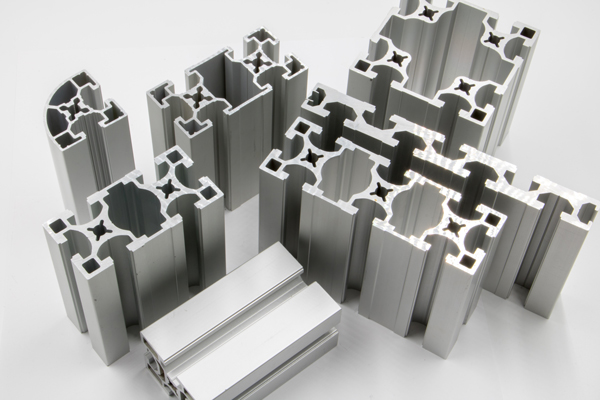
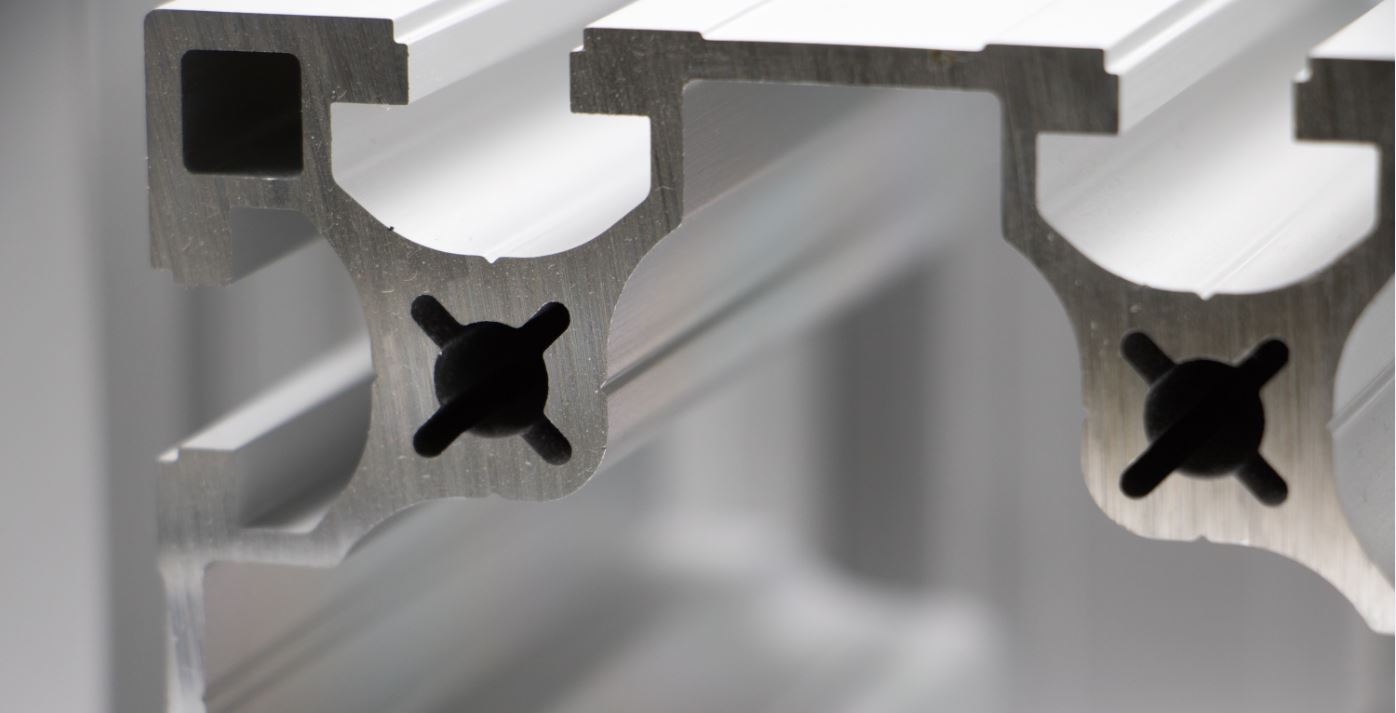
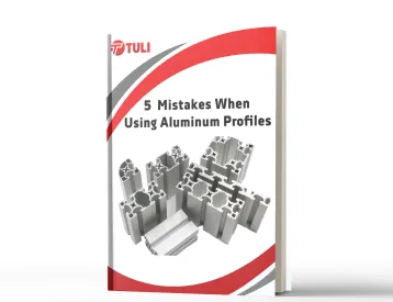
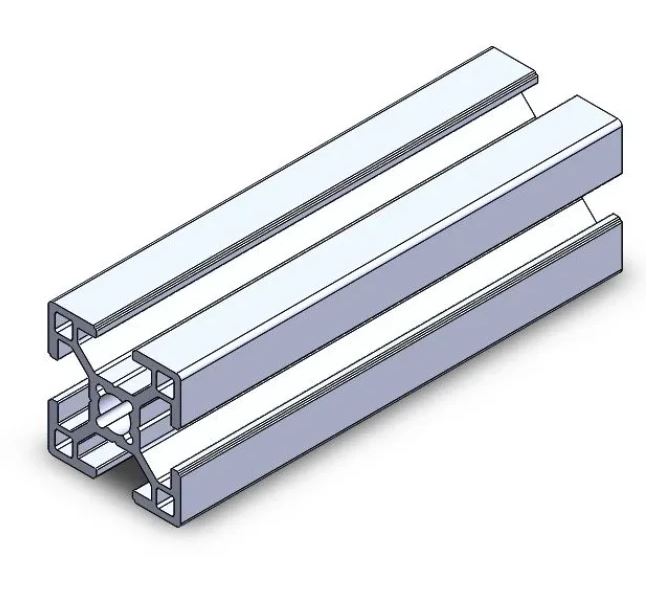
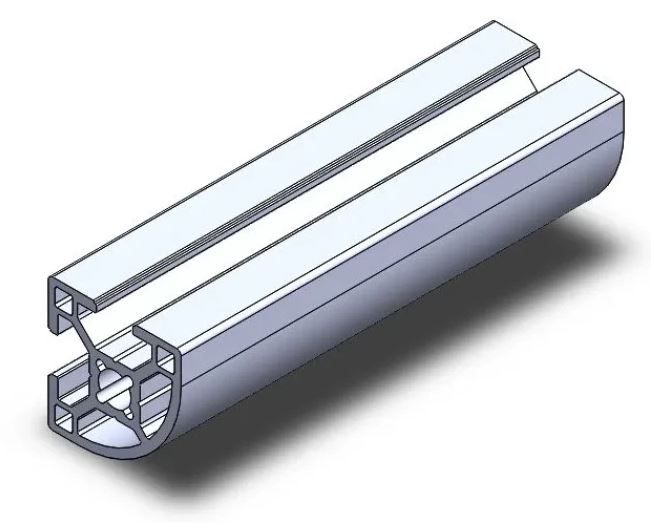
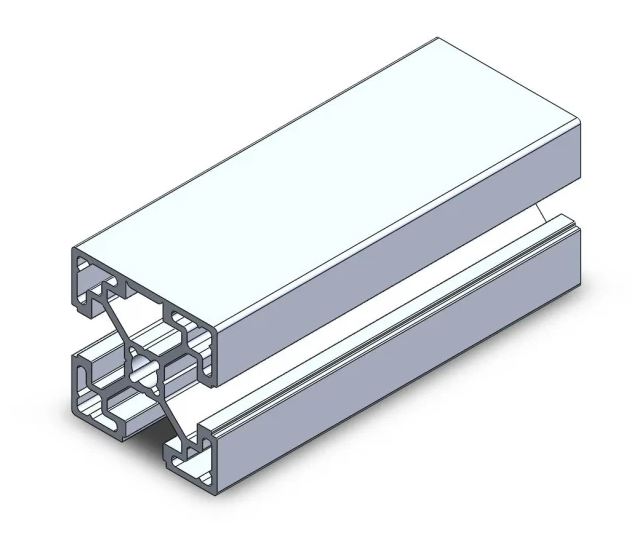
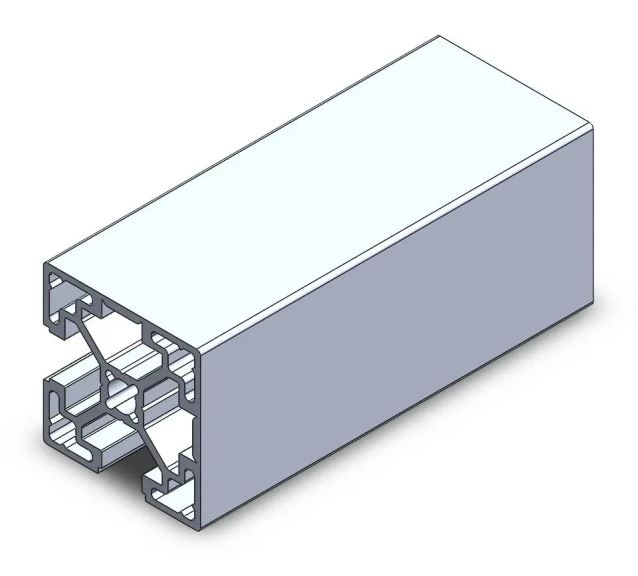










Leave a Comment
Your email address will not be published. Required fields are marked *